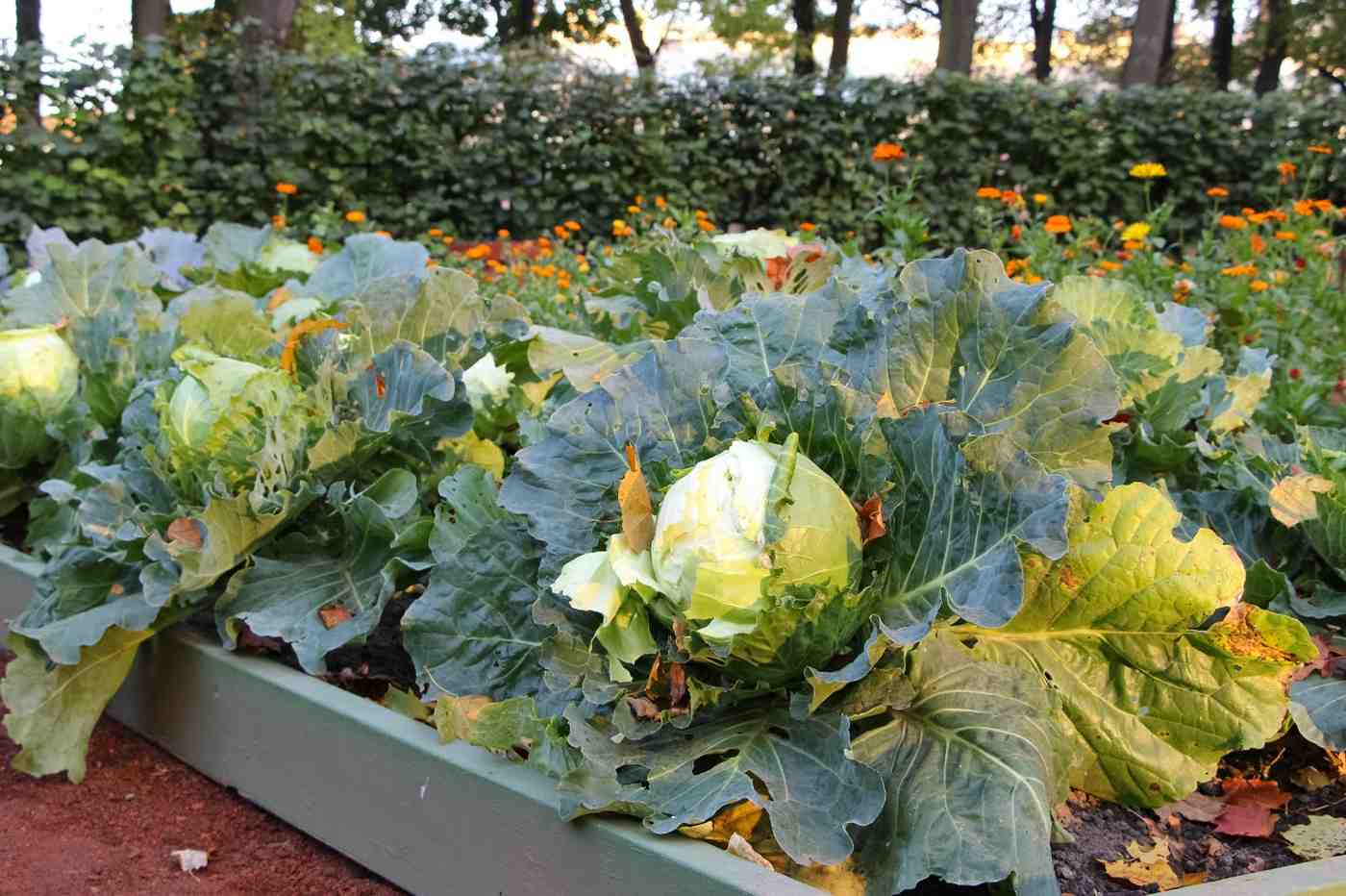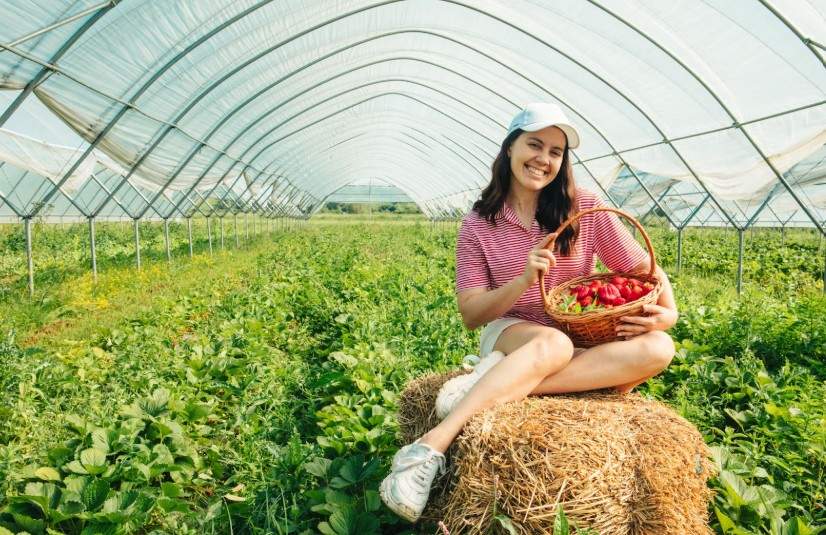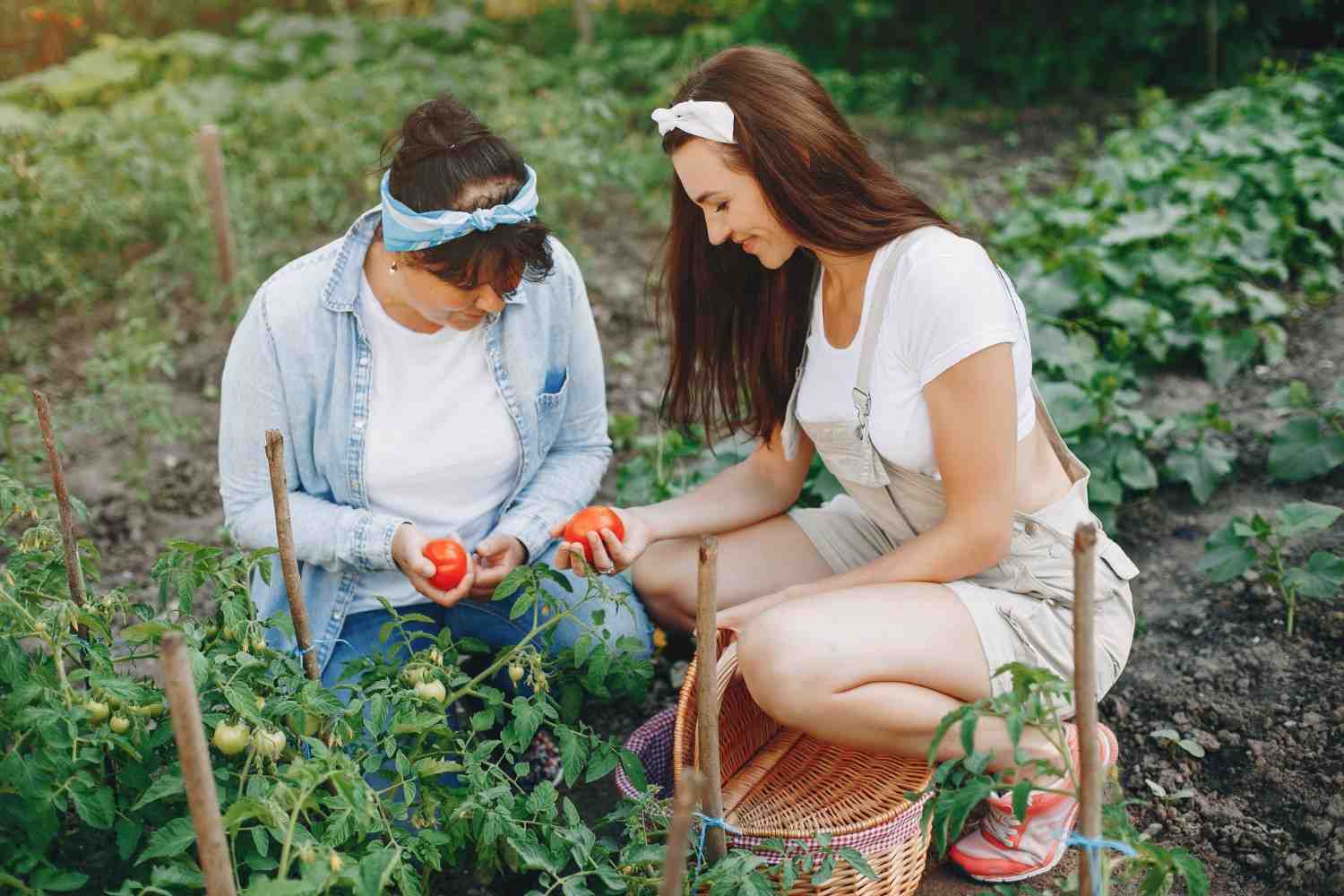There’s something deeply satisfying about stepping outside, picking a sun-warmed tomato, or pulling up a crisp carrot you grew yourself. Whether you’re looking to eat healthier, save money, or simply enjoy a rewarding hobby, learning how to start a vegetable garden is one of the most fulfilling projects you can undertake.
I’ve helped countless first-time gardeners turn small backyard patches into productive, thriving spaces. The process isn’t as hard as it might seem — it’s about understanding a few key principles and building from there. This guide will walk you through every step, from choosing the right spot to harvesting your first crop.
1. Choose the Perfect Spot for Your Vegetable Garden
The location you choose will have the biggest impact on your garden’s success. Most vegetables need at least 6–8 hours of direct sunlight every day to grow well.
Here’s what you should keep in mind:
- Sunlight: Pick a sunny area where plants won’t be shaded by trees, fences, or buildings.
- Drainage: Good drainage is essential. Avoid low spots where water collects after rain — soggy soil can rot roots.
- Wind Protection: Choose a place sheltered from strong winds, which can damage plants or dry them out quickly.
- Accessibility: Keep your garden close to a water source. If watering becomes a hassle, consistency will suffer.
Tip: Spend a day observing how sunlight moves through your yard. The sunniest area often makes the best garden location.
2. Raised Beds vs. In-Ground Gardening

Once you’ve chosen your spot, decide whether to plant directly in the ground or build raised beds. Both methods work, but each has pros and cons.
Here’s a quick comparison:
| Feature | In-Ground Garden | Raised Bed Garden |
| Cost | Low – just soil prep | Moderate – cost of lumber or kits |
| Soil Control | Limited to native soil | Full control with custom soil mix |
| Drainage | Depends on natural soil | Excellent drainage |
| Ease of Access | Requires bending/kneeling | Easier on the back and knees |
| Weed Control | More weeding required | Fewer weeds if built properly |
| Setup Time | Faster setup | Slightly more time and effort |
Expert tip: For beginners, raised beds often offer a smoother start. They warm up faster in spring, drain well, and make soil improvement easy. But if cost is a concern, in-ground gardening with added compost works just as well.
3. Prepare Your Soil for Healthy Growth
Healthy soil is the foundation of any successful vegetable garden. Whether you’re planting in raised beds or directly in the ground, enriching your soil is key.
For In-Ground Gardens:
- Clear the area: Remove grass, weeds, and debris.
- Loosen the soil: Dig or till to a depth of about 12–18 inches.
- Add compost: Mix in 2–3 inches of organic compost to boost fertility and improve texture.
- Test the soil: If possible, get a simple soil test kit. It tells you the pH and nutrient levels so you can amend accordingly.
For Raised Beds:
- No digging required: Simply line the bottom with plain cardboard to suppress weeds.
- Fill with quality mix: Combine garden soil, compost, and a bit of coarse sand or perlite for drainage.
- Top off annually: Each growing season, add a fresh layer of compost to replenish nutrients.
Healthy soil should be loose, rich, and crumbly — a place where roots can spread easily and water drains well without drying too quickly.
4. Choose Vegetables That Thrive in Your Climate

Selecting the right vegetables is where gardening becomes personal. Choose plants that you and your family love to eat, and match them to your local growing conditions.
Easy Vegetables for Beginners:
- Cool-Season Crops: Lettuce, spinach, carrots, radishes, peas
- Warm-Season Crops: Tomatoes, peppers, cucumbers, zucchini, beans
Check your USDA Hardiness Zone (or your region’s equivalent) to see which vegetables grow best in your climate and when to plant them. Planting too early or too late is one of the most common beginner mistakes.
5. Planting: Seeds or Seedlings?
When learning how to start a vegetable garden, one decision is whether to start from seeds or buy seedlings (young plants).
- Seeds: More affordable and offer a wider variety. Great for root vegetables like carrots or quick growers like lettuce.
- Seedlings: Provide a head start, especially useful for long-season crops like tomatoes and peppers.
Follow spacing and depth instructions on seed packets or plant tags carefully — overcrowding can lead to poor air circulation and disease.
Pro tip: Group vegetables with similar water and sunlight needs together to simplify care.
6. Watering and Maintenance: Consistency Is Key
Water is life for your garden, but too much or too little can cause problems. Most vegetables need about 1 inch of water per week, either from rainfall or irrigation.
Best Practices for Watering:
- Deep, infrequent watering is better than frequent light watering. It encourages deeper root growth.
- Water early in the morning to reduce evaporation and prevent fungal diseases.
- Use mulch like straw or shredded leaves to retain moisture and suppress weeds.
Ongoing Care:
- Weed regularly: Pull weeds when they’re small before they compete with vegetables for nutrients.
- Monitor for pests: Look under leaves and along stems. Catching infestations early makes control easier.
- Support taller plants: Use stakes or cages for tomatoes, beans, and peas.
Remember: consistency is everything. A neglected garden can go downhill quickly, but regular attention pays off with healthy plants and abundant harvests.
7. Harvesting: The Reward for Your Efforts
The most rewarding part of learning how to start a vegetable garden is harvesting. Timing is important — vegetables taste best when picked at their peak.
- Leafy greens: Harvest outer leaves first so plants keep producing.
- Root crops: Gently loosen soil before pulling to avoid breaking roots.
- Fruiting plants: Pick tomatoes, peppers, and cucumbers regularly to encourage continuous production.
Use a clean knife or pruning shears for harvesting to avoid damaging plants.
8. Troubleshooting Common Beginner Mistakes
Even the most seasoned gardeners run into challenges. Here are a few common ones and how to fix them:
- Slow growth: Usually a sign of poor soil fertility — add compost or a balanced organic fertilizer.
- Yellow leaves: Often due to overwatering or poor drainage. Adjust your watering schedule.
- Pests chewing leaves: Introduce beneficial insects like ladybugs or use organic pest sprays.
Every garden teaches you something new each season — mistakes are part of the learning process.
Also Read: how to make money with your garden
FAQs About Starting a Vegetable Garden
1. How much space do I need to start a vegetable garden?
You don’t need a huge yard. Even a 4×4 foot raised bed can produce plenty of fresh vegetables. Start small, then expand as you gain confidence.
2. How often should I water my vegetable garden?
Most gardens need about 1 inch of water per week, but this can vary based on soil type and weather. Check moisture by sticking your finger an inch into the soil — if it’s dry, it’s time to water.
3. Can I grow vegetables in containers instead of a garden bed?
Yes. Container gardening works well for small spaces like patios or balconies. Choose pots with drainage holes and use high-quality potting soil.
4. What’s the best time of year to start planting?
Spring is ideal for most regions, but the exact timing depends on your local climate and frost dates. Check a planting calendar for your area.
Growing Your Own Food Is Easier Than You Think
Learning how to start a vegetable garden isn’t about perfection — it’s about progress. Start small, focus on a few vegetables you love, and give them consistent care. Over time, you’ll develop an intuitive feel for soil, weather, and plant needs.
And when you finally serve a salad made from lettuce, tomatoes, and cucumbers you grew yourself, you’ll understand why so many gardeners say this is one of life’s simplest and greatest joys.










